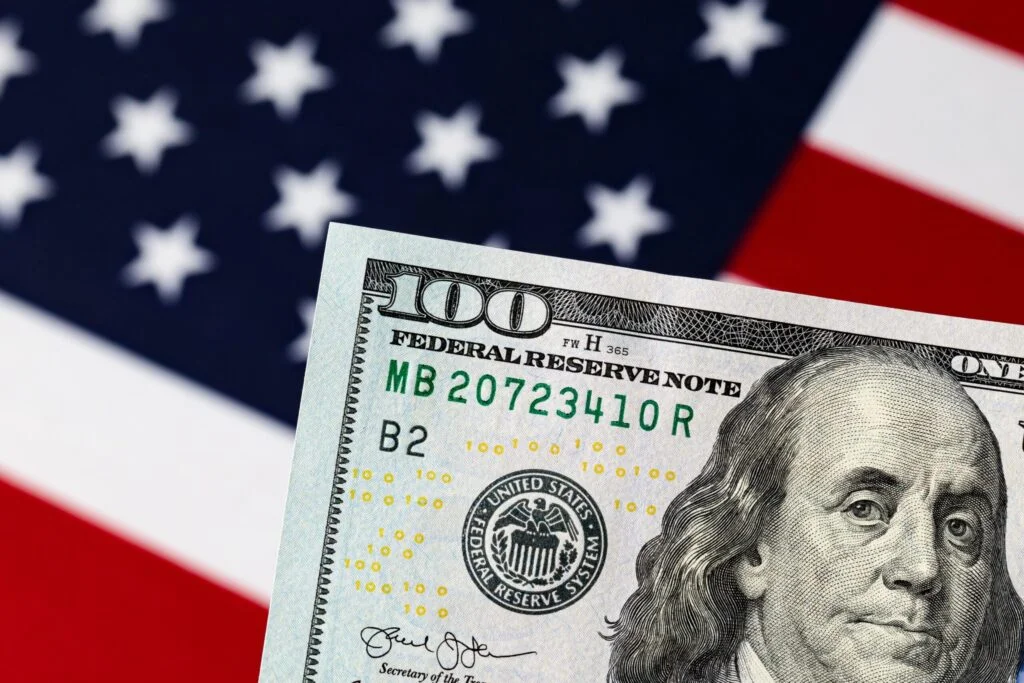Copyright Benzinga

Despite this week's correction, the US equity market remains in a rarely seen territory. By nearly every historic measure, valuations are off the charts. The situation leaves investors priced for an extended run of earnings growth and liquidity support that might prove unsustainable. Most Extreme In Recorded History According to Hussman Strategic Advisors, the S&P 500 now trades at the most extreme valuation levels in recorded history. It surpasses even the peaks of 1929 and 2000. Using their preferred metric, the ratio of nonfinancial market capitalization to gross value-added (MarketCap/GVA), valuations are found to be "wildly misaligned with actual subsequent returns" across a century of data. "This isn't a price chart — it's a valuation chart," John Hussman wrote. "It aligns precisely with the happiest and most satisfying moment of a speculative bubble: when wildly misaligned expectations for market returns are being realized anyway — via self-fulfilling speculation." This analysis highlights a deeper imbalance. Record-high corporate profits are largely a reflection of record government and household deficits. The situation can only persist if other sectors continue to borrow. "Sustaining record corporate surpluses requires sustaining record government and household deficits," Hussman noted. "That's a longer-term recipe for debt crisis and persistent inflation." A high concentration of wealth is masking this imbalance. Nearly 90% of the benefits from record profitability accrue to the wealthiest 10% of households, while the bottom half owns barely 1% of equities. "The stock market," Hussman added, "is a barometer of rich people's feelings." The speculative fever has now spread beyond large-cap technology names. The report’s valuation chart shows that even median S&P 500 components are trading at historically stretched price-to-revenue ratios—a sign that this cycle's optimism has become systemic rather than concentrated. Tracking The Equity Risk Premium At the same time, the equity risk premium — the excess return investors expect over risk-free assets — is collapsing. With Treasury yields above 4% and S&P 500 dividend yields below 1.2%, investors are taking on more risk for less reward than at any point since 2000. The Federal Reserve, meanwhile, appears ready to cut rates despite inflationary signals flashing red. The ISM Prices Paid index — which tends to lead the Consumer Price Index by six months — continues to trend higher. Yet the Fed's policy pivot suggests its inflation mandate is being overshadowed by fiscal reality. "It's an implicit acknowledgment that debt service costs are now the overriding priority," says Tavi Costa of Crescat Capital. As the US navigates its longest government shutdown, there is an increasing reliance on survey-based data. Monetary policy is becoming reactionary rather than preemptive, but markets have embraced this stance as validation that liquidity will remain abundant. Yet, that comfort may prove fleeting if inflation resurfaces while growth slows. The combination of extreme valuations, narrow leadership, and reactive policy sets a precarious stage. Each previous episode of ultra-low dividend yields — the late 1960s, 1999, and 2021 — ended with equity underperformance or painful valuation resets. Price Watch: SPDR S&P 500 ETF (NYSE:SPY) is up 13.7% year-to-date.



